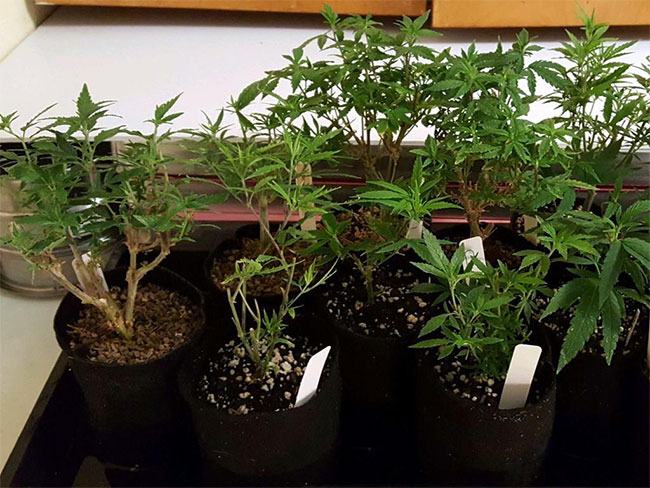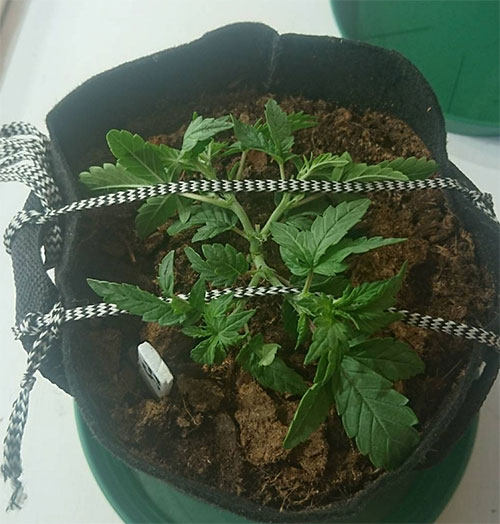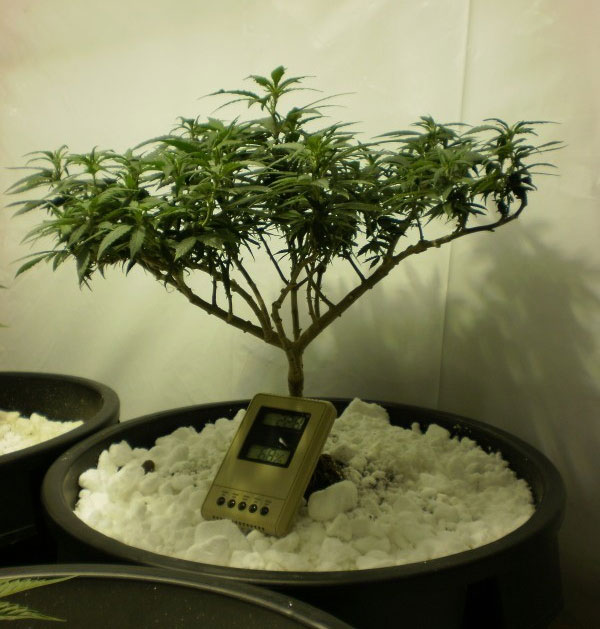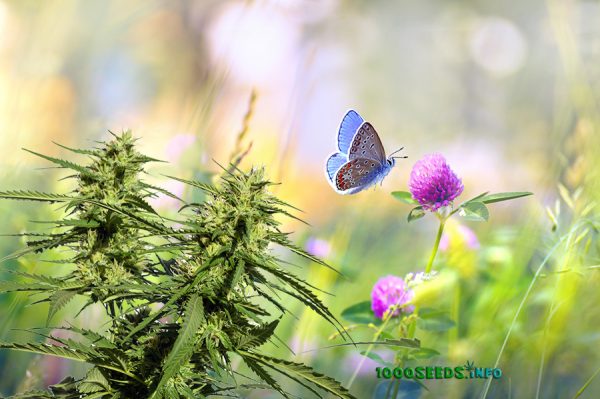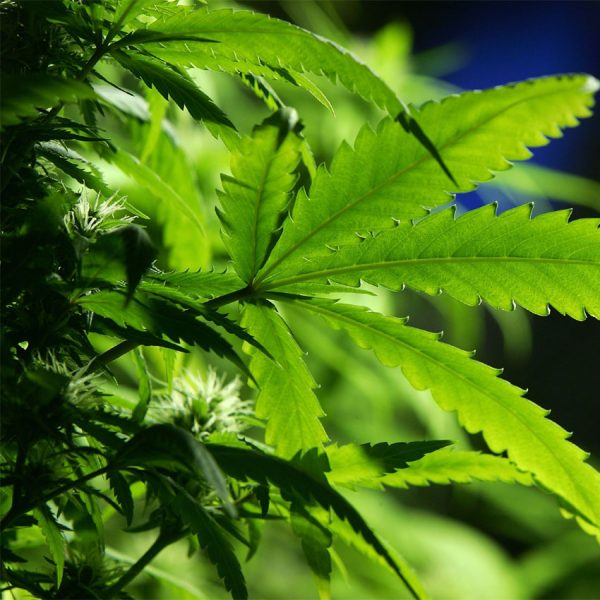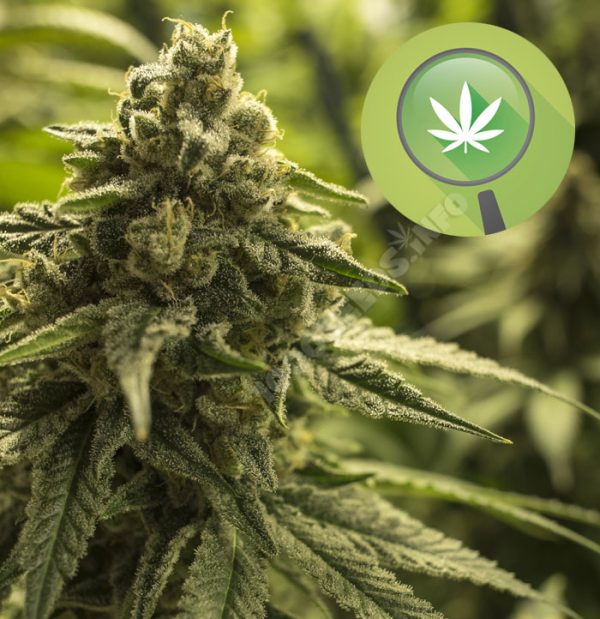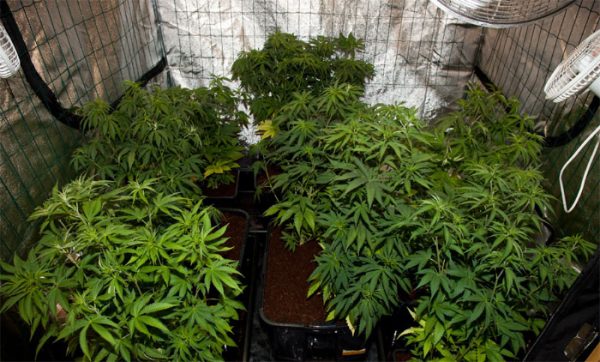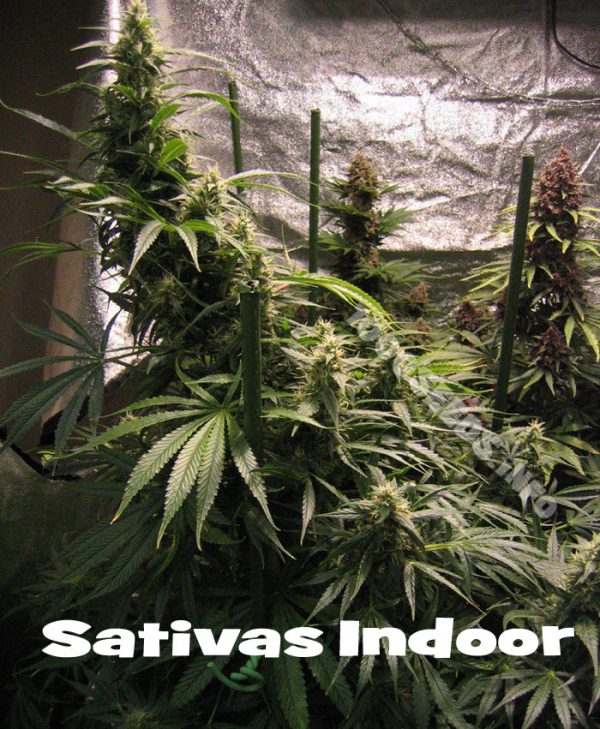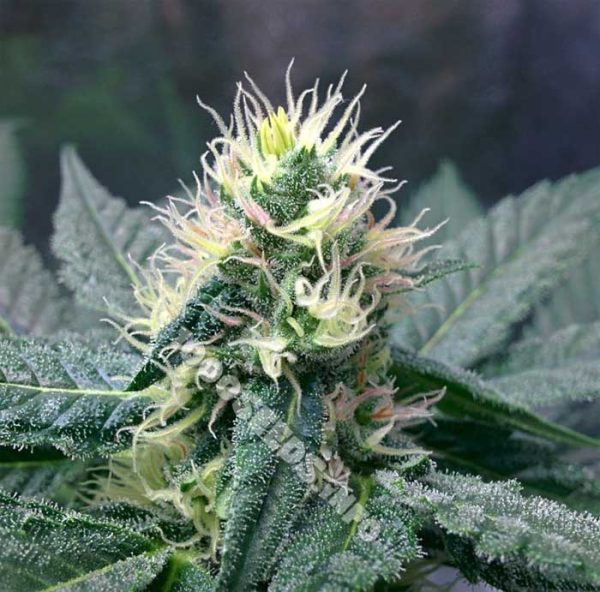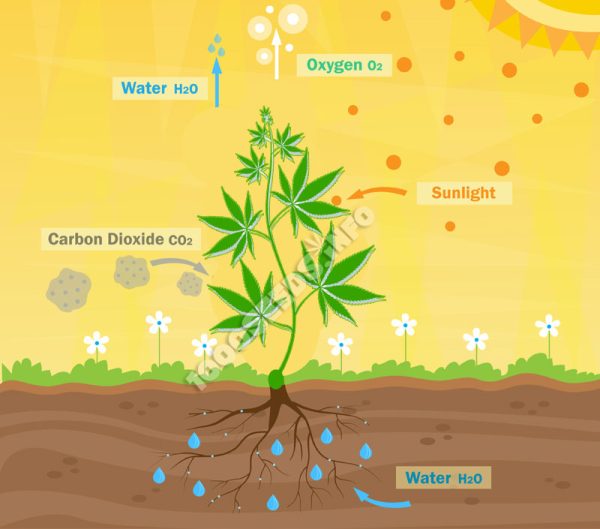Make Cannabis Bonsai Yourself
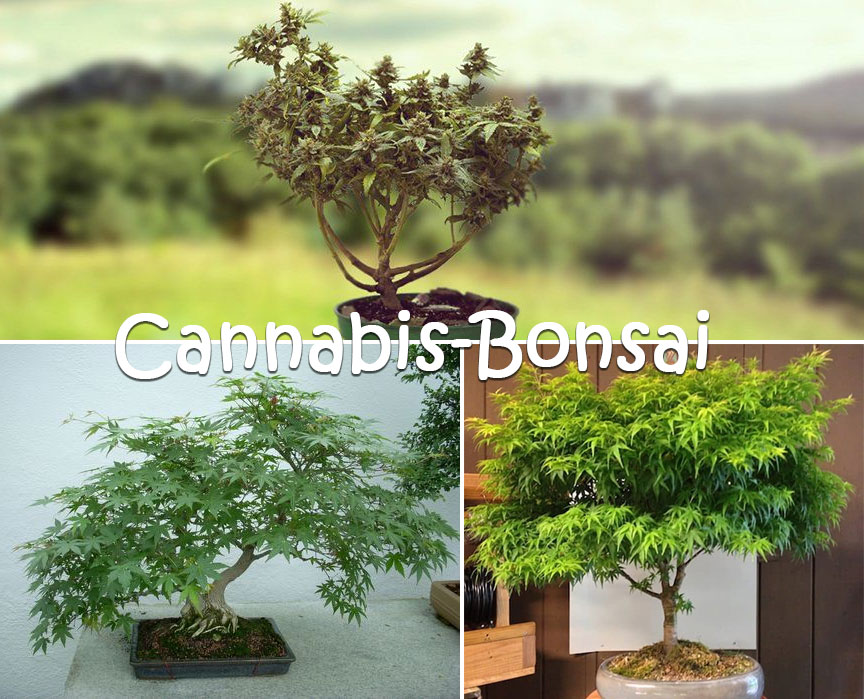
Can cannabis be grown as a bonsai?
Literally translated, bonsai means "plant in a pot". Therefore, every cannabis plant grown in a pot is actually a cannabis bonsai. In general, however, a bonsai is understood to mean a plant that resembles a tiny tree and usually also has the following characteristics
- radial root attachment
- woody stem
- small leaves
- Structured arrangement of the branches
Bonsai art uses real trees that could grow many metres high under normal conditions. Due to the limited space and regular pruning of the tree, it grows in miniature.
Even if cannabis does not have the ideal characteristics for growing as a bonsai, it is certainly possible to raise the plant according to the rules of this Far Eastern garden art.
In the following guide, we will show you how to create a cannabis bonsai and what needs to be taken into account.
What is the purpose of a cannabis bonsai?
The care of a bonsai is complex and the yield is significantly lower than that of conventional cannabis plants. Therefore, cannabis bonsais tend to be grown by enthusiasts and are not used to produce a bountiful harvest.
But anyone who grows cannabis anyway can have a lot of fun trying it out with a cannabis bonsai. A successful cultivation is beautiful to look at and makes an impression on visitors and customers.
For hobby growers with very little space, bonsai can be a good alternative to conventional cultivation. It can also be grown in small flats and, with good care, produces a certain harvest despite its small size. However, sufficient and additional artificial lighting must also be provided for bonsai, as pure daylight in the home is usually not sufficient.
Growers who have mother plants themselves, regularly produce cuttings and at the same time have limited space available, can keep many more varieties on hand with bonsai mums. Bonsai mothers can also produce a large number of cuttings per year.
Raising and caring for bonsai cannabis
For the cannabis bonsai to take on the typical shape, a lot of care is required. The branches and leaves that grow beyond the desired size must be pruned regularly without damaging the plant so much that it dies. The roots should also be trimmed at regular intervals, otherwise they will grow too large for the small pot.
By growing in a typical bonsai pot, the plant is kept small and develops a dense growth. It should learn, so to speak, that it does not have more space at its disposal and that it has to make do with the conditions.
The trunk can be fixed in the desired position with the help of wire or ribbons so that a typical image is created. Horizontally bending or curled trunks are very popular, for example. Shoots are also tied or otherwise fixed so that the direction of growth can be controlled.
The shoots should be reduced so that they are not too close together, otherwise they would not receive enough light. Therefore, excessive shoots are removed early.
Just like normal cannabis plants, cannabis bonsai needs a lot of light and soil with a certain nutrient density. Therefore, a regular (moderate) fertilisation and occasionally a change of soil must be done. The pH value should also be taken into account.
Can the plant survive for several years?
Real bonsai trees often grow very old. Cannabis, on the other hand, is an annual plant that normally does not live on after flowering.
However, it is not impossible to keep a cannabis bonsai alive for several years, but various measures are required:
- Do not remove all the flowers: To ensure that the plant does not die after flowering, but can start a new growth and flowering phase after a break, do not harvest all the flowers. The best chance is to leave most or all of the buds on the cannabis bonsai, but even if you only leave the lower flowers and harvest the upper ones, you can hope that the bonsai will live on.
- Prune roots and change soil: Unlike a real tree, cannabis is a fast-growing plant with very high nutrient requirements. Since the plant reacts very sensitively if the required nutrients are not present, the grower must pay attention to appropriate fertilisation and regular changing of the soil.
- Small planter: In a bonsai bowl there is only a limited amount of soil available. This means that the plants remain small, but the required substances in the soil are also quickly used up. Therefore, the cannabis bonsai must be taken out of the bowl from time to time. The roots are then trimmed with disinfected scissors. At the same time, the now nutrient-poor soil between the roots can be carefully removed and replaced with new soil.
- Do not let it flower: Another way to preserve the plant for several years is not to send it into flower at all. This is mainly practised with mother plants which are kept for making cuttings. However, regular pruning of branches, leaves and roots can cause stress to the plant, which can trigger hermaphroditism. Therefore, most growers regularly replace their mother plants with cuttings, so that these plants do not have a perennial life span either.
The lignification of the trunk
In order for the cannabis bonsai to look like a real miniature tree, the trunk should be as stable as possible despite the small size of the plant and develop a woody structure over time. This is especially successful with perennial plants, but even an annual cannabis bonsai can already develop a strong trunk, which is able to support the heavy flowers even during a strong flowering phase. In order for the trunk to lignify better, it can be exposed to moderate stress. This includes, for example, wind, which in the case of indoor plants can also be simulated with a fan.
Which varieties are suitable for bonsai cultivation?
Not every cannabis variety can be made into a bonsai. Especially the particularly large-growing varieties are rather unsuitable for this. An important factor for suitability as a cannabis bonsai is a high resistance to stress, because regular pruning of branches, roots and leaves exposes the plant to stress that can possibly lead to unwanted hybridisation or even death.
For bonsai cultivation, resilient varieties that remain comparably small anyway are recommended, i.e. primarily Indicas. Some small autoflowering varieties from the 1st generation automatically develop a bonsai-like and extremely space-saving growth structure. However, these generally react less well to pruning.
Conclusion: Bonsai cultivation can also succeed with cannabis
The cultivation of cannabis bonsaius is more difficult than with a real bonsai tree, because the cannabis plant has an unsuitable structure and makes high demands on its environment. If the cultivation is successful, it is all the more gratifying to own a beautiful cannabis bonsai and perhaps even get a relatively good yield from it or to use a cannabis bonsai as decoration. Since cannabis is an annual plant, growing a perennial bonsai is more complicated. If it succeeds, it is usually over after seven years, often the plant dies much earlier. In contrast to the "real" bonsai tree, the cannabis bonsai is therefore a comparatively short project.






